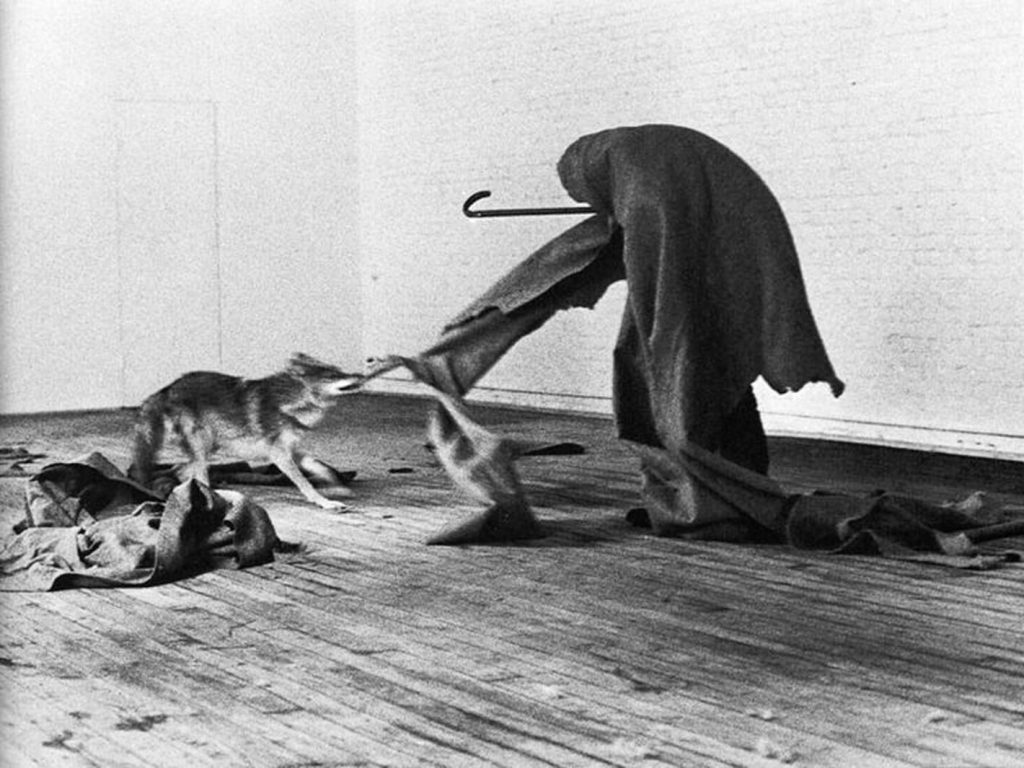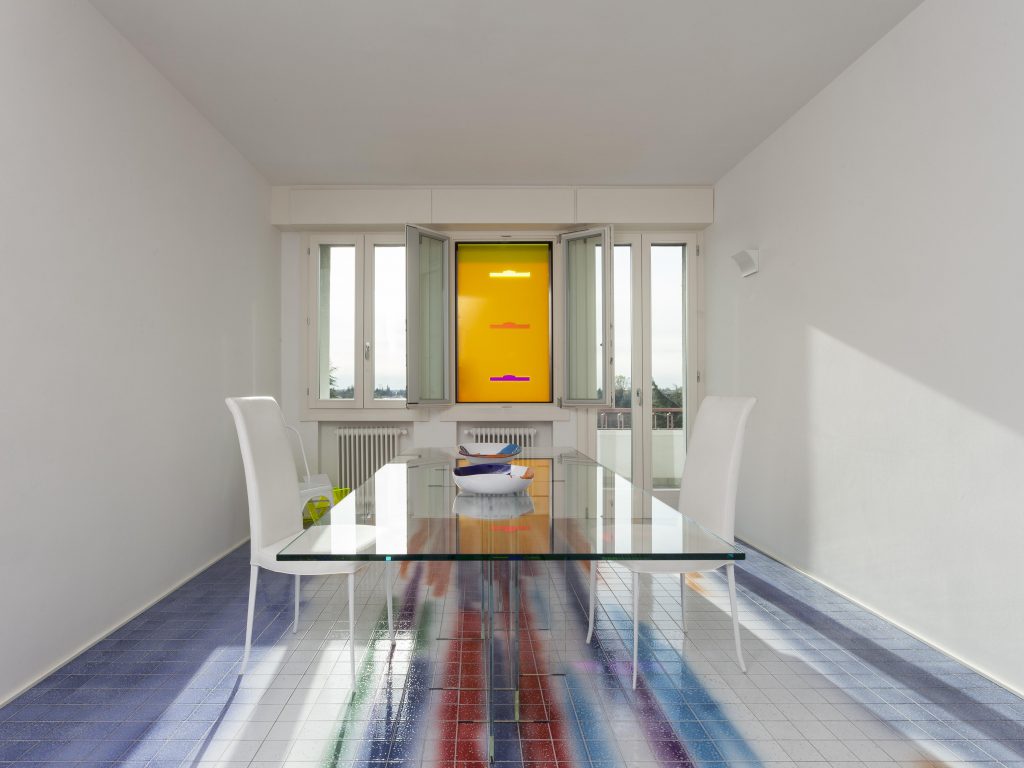Sante Cancian was a citizen of Treviso.
I decide to begin with this simple sentence that since the beginning marks the geographic origin of the artist for a reason: Treviso is not only the city where Cancian was born and where he died in the first half of the XX century, Treviso is also the leitmotiv of the most of his artworks.
They are simple and direct canvases representing the daily life in the city center and in the surrounding countryside, they are painted in a peaceful realism that finds inhabitants in their daily activities: some are doing shopping in Piazza del Grano, some are having a coffee in Piazza dei Signori, others are setting up the city fair of San Luca. But we don’t have to consider Cancian a painter of people because the only subject of his art is Treviso. He loves to portray other citizen of the city strolling in the streets of the old centre turning them into the scene, turning upside-down the paradigm of the human figure as focus of the composition; the city is the real protagonist that shows the double faces that still it has today: on one hand a lively and dynamic historical city center full of commercial activities, on the other a bucolic and peaceful countryside where life flows slowly.
The bound to his roots does not prevent Cancian to have an international aspiration: his stays in Paris and Bruxelles were very important steps in his artistic development, as well as occasions to flee his provincial reality that, although pleasant, often turned out to be an obstacle for his artistic recognition. Never the less his artwork is a mirror of a success that was never completely smiley to him because only few of his canvases were actually completed with those vivid Flemish-like shades: more often his art was limited to sketches and drawings, confined in an intention’s limbo because of the numerous economic problems that attached the author’s life.
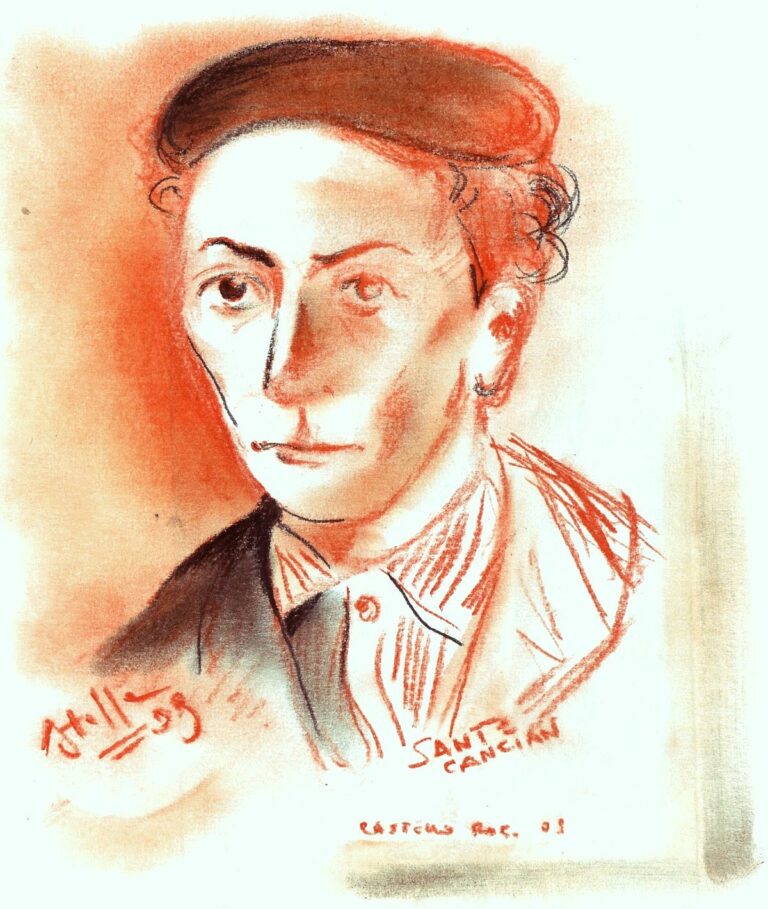
But why did I choose to speak about Sante Cancian? After all he is a niche painter at the point that even the catalogue of the Bailo Museum, the art gallery that hosts the main Treviso’s artists of the XX century, we can find only one of his paintings: a self-portrait on playwood. I don’t mean to bring your attention to this artist with a short article that would be unsuitable to present him properly; I talked about Cancian because in his figure I found a metaphor of the whole art of the city of Treviso, which is of value but lacks not only the national consideration, but also the consideration of the ones of those walking in the same streets he portrayed in his art.
Regardless of sentimentality – even if I am, with no doubt, emotionally involved whenever I talk about my city- when I assign an “absolute value” at Treviso’s artistic contemporary history is because here were born figures as Luigi Serena and Arturo Martini, Gino Rossi made this town the heart of his project of renovation for the Venetian art, and was always in this place that great landscapers as Vittore Antonio Cargnal and the Ciardi brothers found inspiration, admiring its unspoiled nature. Who knows, maybe with a little more critical luck also Cancian could have had a special place among them.


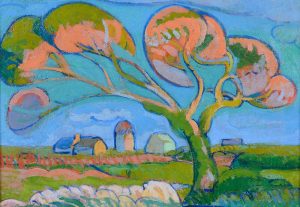
I don’t’ want to turn this article to a list of famous names that, no doubt, would be boring to read; but still, these names often are “imprisoned” in the books or in the rooms of civic galleries, never becoming a true reason of pride for the citizenship. So the questions comes naturally: Why?
I do not think the answer should be an excess of modesty: this attitude would take Treviso to not estimate his citizens that in the past expressed their artistic genius giving a voice to the city’s squares, fields, streets and gravel roads, to its workshops and rustic houses. I rather think that the reasons are mainly historical: the few kilometers that divide Treviso from Venice, a unique city where history of art is breathed at each step, an unbeatable competitor. The Serenissima’s hegemonic role towards the mainland affected the development of a noticeable nobility, favoring mainly the creation of a simple agricultural economy. To not forget is also the 7th of April bombing of 19443 that destroyed Treviso’s historical city center: in the following years his citizens devoted to the practical need of reconstructing their hometown. This are just some of the motivations that brought to a little consciousness of the past whose role in the identity of each of us is undeniable; the result is that the artistic soul of Treviso had the same fate as Sante Cancian: a great talent with no success.
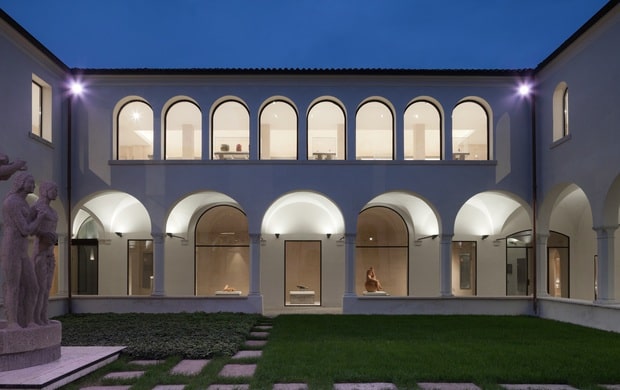

The opening of the extension of Museo Civico Bailo of the next 17th May assumes a great meaning both for the painting gallery, that will have his exhibition spaces doubled with the opportunity to host many more temporary exhibitions, and for the municipality, that will have a valuable new museum pairing with the historical Santa Caterina. But this event has a value mostly for the ones that every weekend uses to goes for a drink in the city center, the ones that use to sit on the side of the river Sile watching its emerald water flow slowly, the ones that exchanged their first kiss on the XVI walls: for us, citizen of Treviso, in love with this city. We must be proud of the artistic heritage that we have in common and make it an element of collective recognition: lets open the doors of our museums and start to really look at the art that surrounds us! We have to learn from the only teaching of the past two years, when the need to see new worlds was overtaken by a forced isolation: the importance of the valorization of our roots that helps us to know better ourselves.
To you, that I had the pleasure to take in this reading, I say thank you and also give an invitation: turn down your laptop and visit the gallery of your town looking at it with the same eyes of the ones who stared at it decades ago. In many cases you won’t find there the great and inflated names that you could find in the biggest museums, this is true, but for sure there will be figures of value who loved the same places that you walk daily. Paying attention you could see, hidden between some big names, also many Sante Cancian that just need you to be saved from the total oblivion.
Alcune opere di Sante Cancian:
Sante Cancian, il caffè in Piazza dei Signori
Sante Cancian, Cortivetto degli Sbirri
Sante Cancian, Dietro Piazza Rinaldi
Sante Cancian, Le canoniche
Sante Cancian, Case bombardate in via Carlo Alberto
Sante Cancian, Paesaggio Collinare


